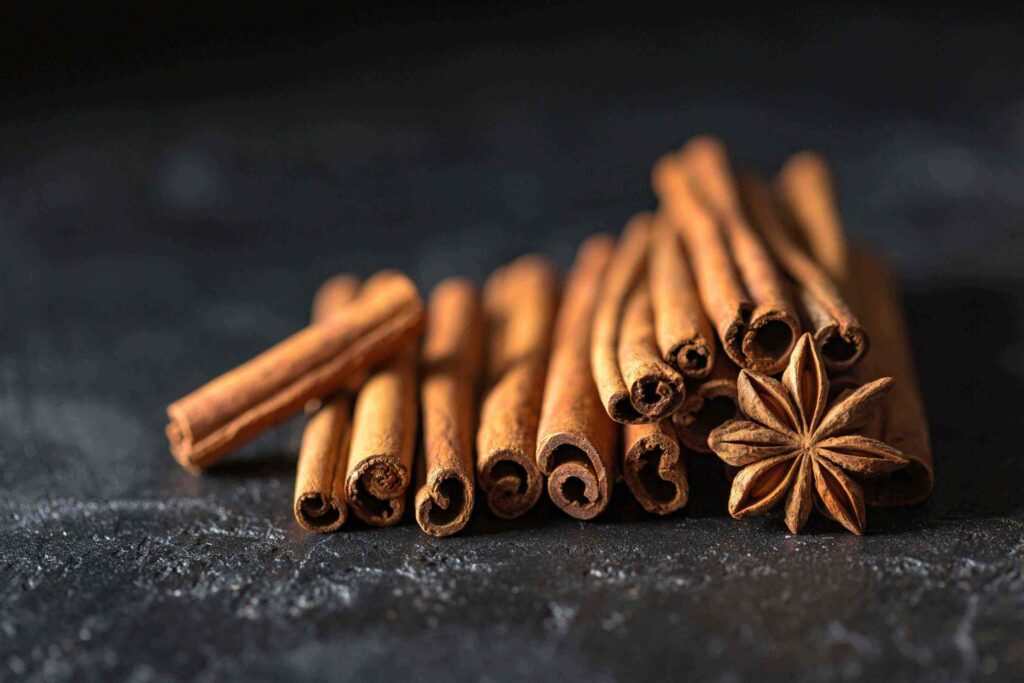Why Sri Lankan Cinnamon is No. 1 in the World ?

Cinnamon, often referred to as the “spice of life,” has been a cornerstone of global trade and culinary excellence for centuries. Among the various types of cinnamon available, Sri Lankan cinnamon, also known as Ceylon cinnamon (Cinnamomum verum), holds a revered position as the best in the world. This article delves into the rich history, unique qualities, and global significance of Sri Lankan cinnamon, explaining why it reigns supreme.
A Historical Legacy
Sri Lanka’s association with cinnamon dates back to ancient times. Historical records suggest that cinnamon was a highly prized commodity in ancient Egypt, where it was used for embalming and as a fragrance. Arab traders monopolized the cinnamon trade, weaving tales of its mysterious origins to keep its source a secret. By the 16th century, Portuguese colonizers discovered Sri Lanka’s cinnamon and sought to control its production. Subsequently, the Dutch and British colonized the island, further enhancing the global reach of Sri Lankan cinnamon.
This rich history of cultivation and trade has solidified Sri Lanka’s reputation as the home of the finest cinnamon, with the industry deeply ingrained in the island’s culture and economy.
What Makes Sri Lankan Cinnamon Unique?
Several factors contribute to the unparalleled quality of Sri Lankan cinnamon:
-
Flavor and Aroma Ceylon cinnamon is distinguished by its mild, sweet flavor and delicate aroma, which contrasts sharply with the harsher, spicier taste of cassia cinnamon, commonly found in other parts of the world. This makes it a preferred choice for culinary and medicinal purposes.
-
Physical Characteristics Sri Lankan cinnamon sticks are thin, smooth, and tightly rolled, resembling a cigar. The texture and appearance are a testament to the meticulous hand-rolling techniques passed down through generations of Sri Lankan artisans.
-
Low Coumarin Content Unlike cassia cinnamon, Ceylon cinnamon contains negligible amounts of coumarin, a compound that can be harmful in large quantities. This makes Sri Lankan cinnamon a healthier option for regular consumption.
-
Ideal Growing Conditions Sri Lanka’s tropical climate, with its fertile soil and consistent rainfall, provides the perfect environment for cultivating cinnamon. The island’s unique terroir enhances the spice’s flavor profile, ensuring its superior quality.
Cinnamon Cultivation in Sri Lanka
The cultivation of cinnamon in Sri Lanka is a meticulous process that combines traditional techniques with sustainable practices. The cinnamon tree is typically harvested twice a year, and the bark is carefully peeled by skilled workers using specialized tools. This labor-intensive process ensures the highest quality of cinnamon, with minimal damage to the trees.
Sri Lankan cinnamon farmers often employ intercropping methods, growing cinnamon alongside other crops to maximize land use and maintain biodiversity. These practices not only enhance the quality of the spice but also contribute to the ecological balance.
Global Recognition and Demand
Sri Lankan cinnamon has earned numerous accolades for its quality and purity. It is a key export product, contributing significantly to the country’s economy. Major markets include the United States, Europe, and the Middle East, where consumers and industries value its unique characteristics.
Ceylon cinnamon’s versatility extends beyond the kitchen. It is used in cosmetics, perfumes, and traditional medicine. Its anti-inflammatory, antimicrobial, and antioxidant properties make it a sought-after ingredient in health and wellness products worldwide.
Challenges and the Way Forward
Despite its global acclaim, the Sri Lankan cinnamon industry faces challenges such as competition from lower-cost cassia cinnamon and the need for modernization in farming techniques. However, initiatives to promote geographical indication (GI) status for Sri Lankan cinnamon aim to protect its authenticity and enhance its market value.
Conclusion
Sri Lankan cinnamon’s unparalleled quality, rich history, and sustainable cultivation practices make it the undisputed leader in the global cinnamon market. Its mild flavor, low coumarin content, and diverse applications set it apart from competitors, solidifying its position as the world’s No. 1 cinnamon. As Sri Lanka continues to innovate and preserve this centuries-old tradition, the legacy of Ceylon cinnamon will undoubtedly endure for generations to come.